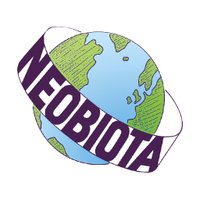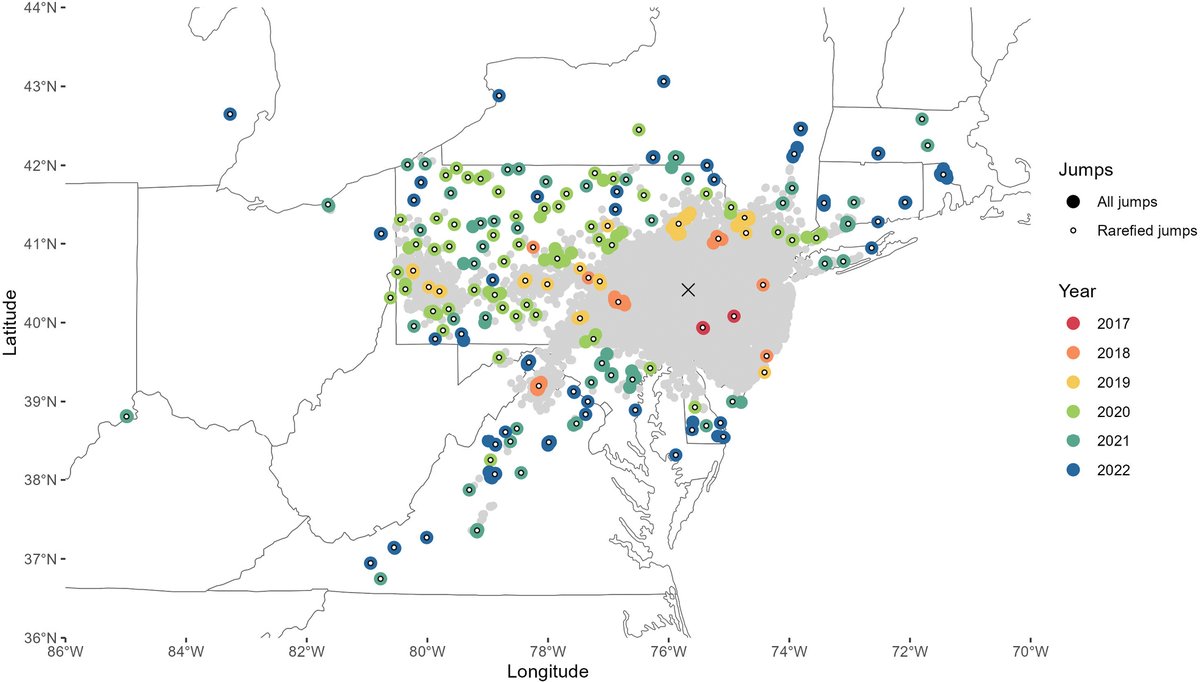
NeoBiota
@neobiotajournal
#OA journal for research on biological invasions: aquatic & terrestrial; animals, plants, fungi & micro-organisms. Powered by @Pensoft & @ARPHAplatform.
ID: 224161431
http://neobiota.pensoft.net/ 08-12-2010 08:54:03
2,2K Tweet
1,1K Followers
163 Following



























